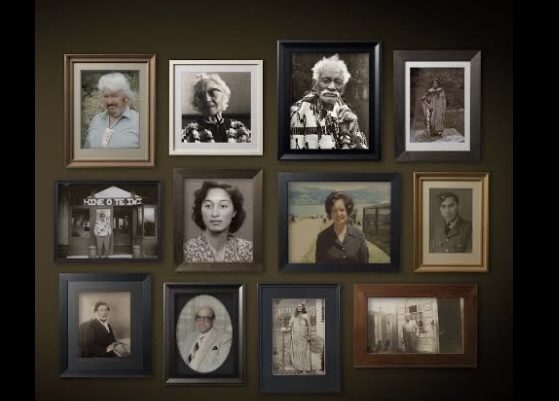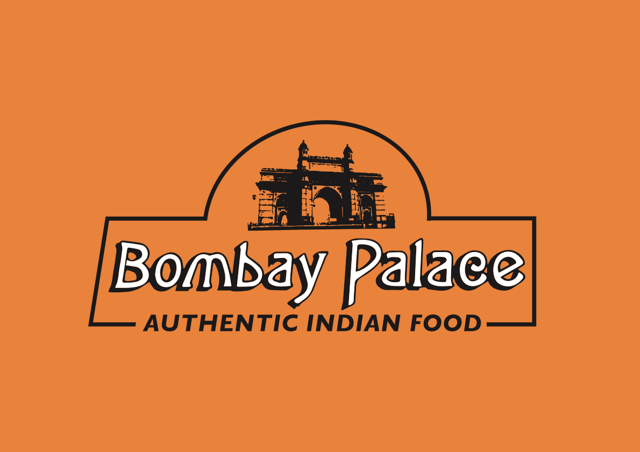‘Ngāi Tahu have always been here’: 200 years of tribal history
Sue Wards
30 April 2023, 5:04 PM
 The Wānaka area had an important role in “the transmission of esoteric knowledge”. PHOTO: Wānaka App
The Wānaka area had an important role in “the transmission of esoteric knowledge”. PHOTO: Wānaka AppOne of the biggest audiences at this year’s Wānaka Festival of Colour turned out to hear about two hundred years of tribal Māori history in the Upper Clutha - packed into one fascinating hour.
“We Ngāi Tahu have always been in the Upper Clutha region” was the strong message from Michael J Stevens and Helen Brown of the Ngāi Tahu Archive at the ‘Tāngata Ngāi Tahu: Wānaka and Hāwea’ conversation on March 31.
“To understand Māori history in this region, you need to have an active sense of the tribal framework in which this region fits,” Michael said, before sketching out some of that intricate and colourful framework.
The clearing house
Distinct clusters of place names and family names across Te Waipounamu (the South Island) represent three separate hapu migrations whose family fanned out across the South Island, he said.
Kaiapoi (“the place where food was swung into and out of”) was a major clearing house - including for goods from this region. Food was harvested mostly in summer and autumn - for example Wānaka weka - and much of it preserved by sun baking (drying) and precooking.

Photos from the Ngāi Tahu archive: Ninety percent of individual Ngāi Tahu were landless by 1891. PHOTO: Supplied
This economic system was underpinned by the ritual exchange of commodities; and it was more sophisticated than barter, Michael said.
“It was a system of credit … and systems of credit are built on trust, and systems of trust are created and renewed by strategic marriage.”
Consequently whānau were widely dispersed across the Te Waipounamu landscape.
Wānaka’s educational role
Michael outlined the Wānaka region’s “important role in the transmission of esoteric knowledge”, reflected in some of the whānau names which pop up here.
“Travelling into this locale (along trails which are now state highways) for higher learning is not fundamentally different to 83 percent of the students at the University of Otago coming from outside the Otago region,” he said.
“Likewise it’s little different … to Ngāi Tahu fishermen from Bluff or Stewart Island having second homes in Wānaka or Queenstown, which quite a number do.
“It’s really no different to Prue having a crib at Moeraki.”
Michael also outlined the “interrelated dependencies” between Māori and Pakeha, noting the high rate of marriage between the two.
Between the 1810s to the 1830s, the presence of pakeha sealers on both sides of what became Foveaux Strait drew leading individuals and whānau south to Bluff. Seasonal occupation became more settled there, and other whānau were pushed south after raids from North Island Māori.
When whaling stations were established they became sites of “intense interracial independence”, Michael said.
“So much so that in 1944 it was estimated that two thirds of Ngāi Tahu women living between Banks Peninsula and Riverton had a Pakeha whaler husband.
“They were all captains and all princesses,” he joked.
He said those levels of interracial marriage did not take place in the large parts of the North Island until after the second World War.
Ngāi Tahu: present if not appreciated
Mike said his own ancestors turned their hands to all sorts of things on the colonial frontier, including gold mining, and blade shearing on high country stations including throughout the Upper Clutha.
“We [Ngāi Tahu] have always been in the Upper Clutha region; we’ve never not been here… even if our presence was not always noted, visible, or noted but not necessarily appreciated.”
The iwi’s ongoing presence continues to be seasonal, he said.
“You might find us here when the whitebait are running or when crayfish is fetching good prices, but very few of us are here in late autumn during muttonbirding when we will decamp to our whānau islands dotted around Rakiura.”
Despite the weight of “demographic swamping” and the fact that 90 percent of individual Ngai Tahu were landless by 1891, Michael said the economic system and the symbolic capital that circulates within it “persisted throughout and beyond the 20th century especially from the seats of our heartland village communities”.
“Thus while the power culture typically focuses on change in Māori history for fundamentally self interested reasons, we ourselves tend to see and live the continuities.”
The situation is best described as “distorted continuities”, Michael said.
He outlined his own: Within a few recent weeks he moved between Kaka Point for kelp, to Moeraki, Bluff, Christchurch, and Kaiapoi for hui (and to hear a cousin member of the band Six60 play), and finally to Wānaka for the Festival of Colour and more transmission of esoteric knowledge.
Michael described the movement as “all very ordinary” for members of the tribe.
“A key way of retrieving that movement, and those economics and the values that undergird it all, are place names and biographies - hence those things are very much at the heart of the Ngai Tahu archive.”
Helen Brown of the archive went on to talk about people featured in the book series Tāngata Ngāi Tahu: People of Ngāi Tahu. The Wānaka App will focus on that in our next instalment of this potted iwi history.







